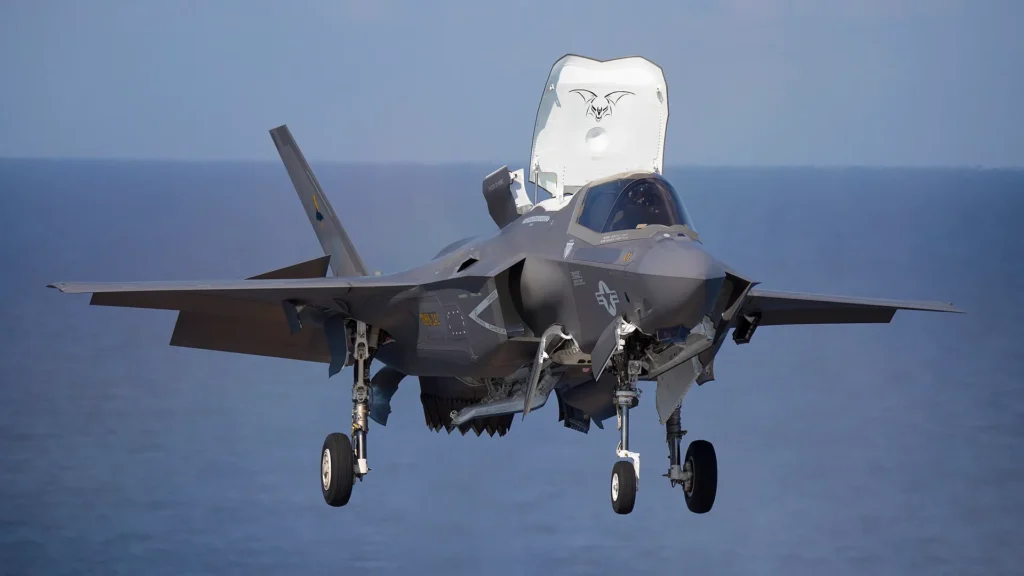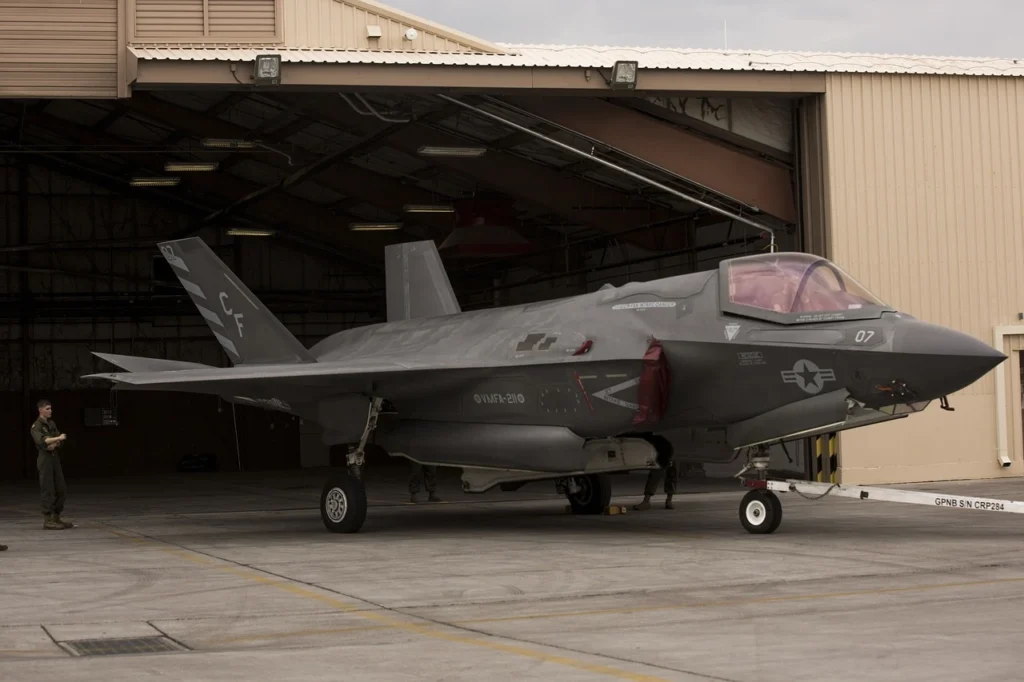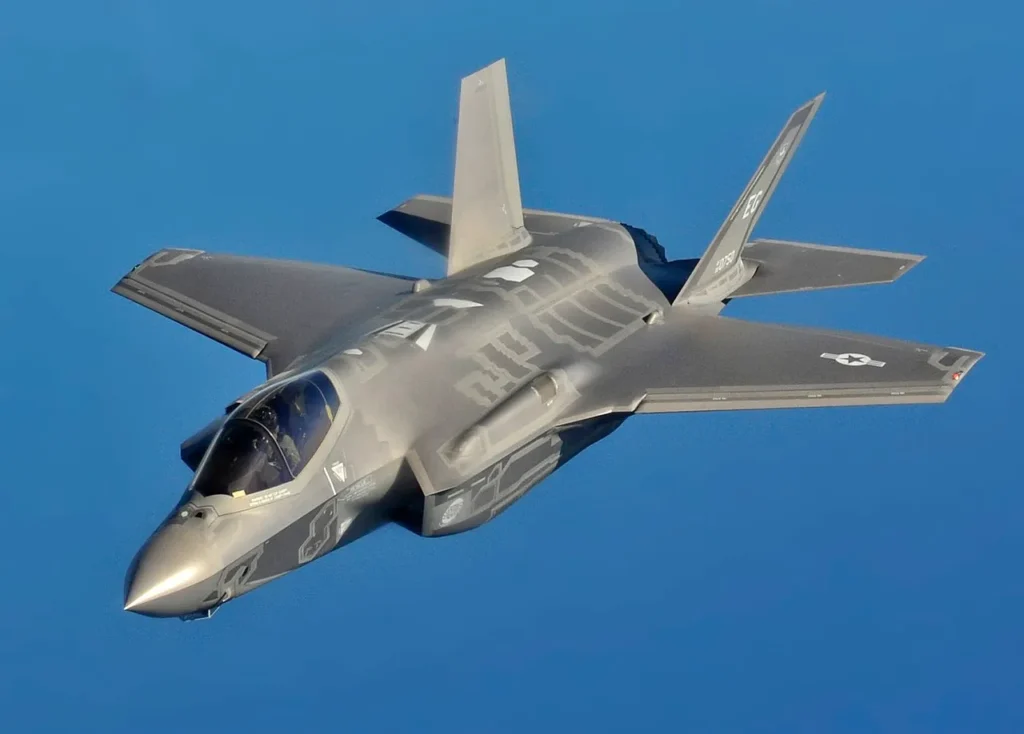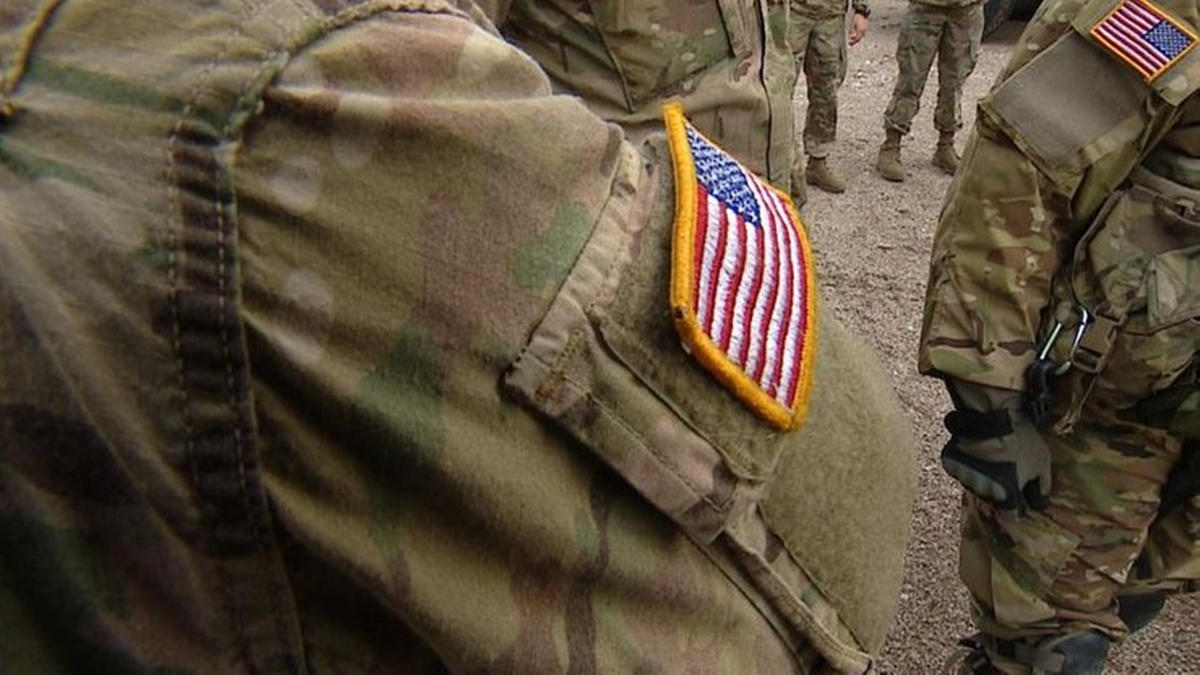
TOKYO- Japan has deployed its first three Lockheed Martin F-35B fighter jets to Nyutabaru Air Base in southern Japan, marking a significant step in strengthening its air defense capabilities.
The Japan Air Self-Defense Force (ASDF) confirmed that these short take-off and vertical landing (STOVL) jets will operate from modified helicopter carriers as tensions continue to rise in the Asia-Pacific region.
 F-35 Lightning II; Photo- Wikipedia
F-35 Lightning II; Photo- WikipediaJapan Deploys First F-35B to Nyutubaru
The three F-35B jets are part of a broader plan to deploy a total of eight to Nyutabaru Air Base, located in Miyazaki Prefecture.
A fourth jet will join the current fleet soon, while the remaining four are expected by March 2026, according to Japan’s Ministry of Defense.
These F-35Bs are capable of STOVL operations, making them suitable for deployment on Japan’s two retrofitted helicopter carriers, JS Izumo and JS Kaga. Both ships were converted to accommodate the F-35B, enabling Japan to conduct operations farther from shore, especially in contested maritime zones.
This deployment marks Japan’s first operational use of the F-35B variant, which adds flexibility to its already growing fleet of F-35As. The country plans to operate 42 F-35Bs and 105 F-35As, making it the largest international user of the F-35 platform outside the United States.
 F-35 Lightning II; Photo- Wikipedia
F-35 Lightning II; Photo- WikipediaRegional Security Concerns
Japan views the military expansion of China as a direct threat, especially around its southwestern islands. As a result, Tokyo is accelerating its defense posture in the region.
The southern islands, closer to Taiwan and China’s coast, are viewed as key strategic points. The deployment of F-35Bs is aligned with Japan’s broader defense doctrine, which emphasizes rapid response and increased presence near potential flashpoints.
In support of this, Japan is developing a new air base on Mageshima Island, 160 kilometers south of Nyutabaru, intended for F-35B flight operations and carrier landing practice. However, construction delays have pushed full operational readiness to around 2030.
Until then, Nyutabaru will serve as the main site for these operations, despite growing concerns from local residents over increased aircraft noise.
Additional Incidents and Safety Measures
On the same day the F-35Bs arrived, a Japan Air Self-Defense Force F-2A fighter jet crashed into the Pacific Ocean during a routine training flight off Japan’s eastern coast. The pilot ejected safely and was rescued, and the ASDF has since suspended all F-2A training flights for safety inspections.
This incident underscores the ongoing challenges in balancing fleet expansion, pilot training, and operational safety across Japan’s growing defense infrastructure.
Long-Term Fleet Expansion and Indo-Pacific Alignment
Japan’s F-35 program supports broader regional objectives in cooperation with the United States and allies in the Indo-Pacific.
The use of the F-35B enhances Japan’s ability to project air power from sea-based platforms, complementing U.S. forces in joint operations.
With a total planned fleet of 147 F-35 aircraft, Japan is prioritizing modern, flexible capabilities that can operate across its scattered island territories and in contested airspace.
The F-35B’s ability to take off and land vertically also reduces dependency on traditional runways, making it ideal for island and carrier operations.
 Photo: Needpix.com
Photo: Needpix.comAbout the F-35 Fighter Jet
Lockheed Martin’s F-35B stealth fighter jet is now in active service with several global operators, including those based at RAF Marham (KNF), MCAS Yuma (NYL), and Amendola Air Base (QAO).
With short takeoff and vertical landing capability, the F-35B supports air operations from remote locations and amphibious ships, expanding tactical options in high-threat areas.
The F-35B is the first supersonic stealth fighter designed with short takeoff and vertical landing (STOVL) capability. Developed under the Joint Strike Fighter program, it allows frontline deployment from non-traditional bases like amphibious assault ships and remote island airstrips.
This makes the F-35B an essential tool for expeditionary forces operating in contested or infrastructure-limited regions. It can take off from short runways and land vertically, opening up more deployment options than conventional aircraft.
Its propulsion system, centered around the Pratt & Whitney F135 engine with a swiveling exhaust nozzle, delivers vertical lift while maintaining a top speed of Mach 1.6 with full internal weapons. This combination of agility, speed, and stealth makes the F-35B highly effective in dynamic combat environments.
Advanced Design Features and Stealth Profile
The F-35B’s radar-evading design is built around internal weapons bays, smooth surfaces, and radar-absorbing coatings. These features reduce radar cross-section, allowing it to operate undetected in contested airspace.
Its compact size, reinforced landing gear, and lift fan system distinguish it from the F-35A and F-35C variants. These STOVL capabilities allow rapid response from a wide range of platforms—whether it’s a naval vessel like HMS Queen Elizabeth (R08) or a temporary forward airfield.
Stealth isn’t just about shape. The F-35B integrates electronic countermeasures, low-probability-of-intercept communication systems, and infrared suppression to improve survivability in high-threat zones.
 Lockheed Martin F-35 Lightning II; Photo- Wikipedia
Lockheed Martin F-35 Lightning II; Photo- WikipediaSensor Fusion and Networked Operations
One of the F-35B’s biggest strengths is sensor fusion. Multiple systems—including the AN/APG-81 AESA radar, Distributed Aperture System (DAS), and Electro-Optical Targeting System (EOTS)—work together to build a comprehensive picture of the battlefield.
This information is fed directly to the pilot via a helmet-mounted display that offers 360-degree awareness, threat tracking, and integrated night vision.
The F-35B also acts as a force multiplier in joint-force operations. It shares real-time data with land, sea, and air units, enhancing coordination across domains. This makes it more than just a stealth fighter—it’s a secure communications hub in the sky.
Proven in Combat, Built for the Future
The F-35B has flown combat missions in the Middle East and is deployed on land and sea by U.S., U.K., and Italian forces. Its compact footprint enables launches from amphibious carriers and temporary bases, supporting agile force deployment.
Ongoing upgrades are key to the aircraft’s long-term relevance. The F-35B’s open-architecture software allows for incremental updates to its sensors, weapons, and electronic warfare tools. This approach ensures it stays ready for next-generation threats without needing new airframes.
Global Operators and Deployment Footprint
The F-35B is currently in service with:
- United States Marine Corps: MCAS Yuma (NYL), MCAS Iwakuni (RJOI)
- United Kingdom Royal Navy / RAF: RAF Marham (KNF), HMS Queen Elizabeth (R08)
- Italian Air Force and Navy: Amendola Air Base (QAO)
Its ability to operate from non-traditional bases, small islands, and naval platforms makes it a strategic asset in the Indo-Pacific, Europe, and beyond. With its STOVL design, the F-35B allows forces to adapt quickly to battlefield conditions, maintain air superiority, and conduct strike missions where conventional aircraft can’t.
Stay tuned with us. Further, follow us on social media for the latest updates.
Join us on Telegram Group for the Latest Aviation Updates. Subsequently, follow us on Google News
This is the Most Powerful Fighter Jet Engine in the World
The post Japan Air Force Deploys 3 Most Expensive Fighter Jets in the World at Nyutaburu Base appeared first on Aviation A2Z.






